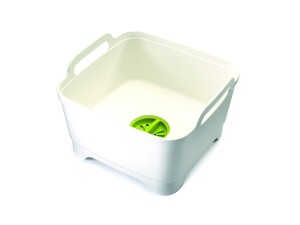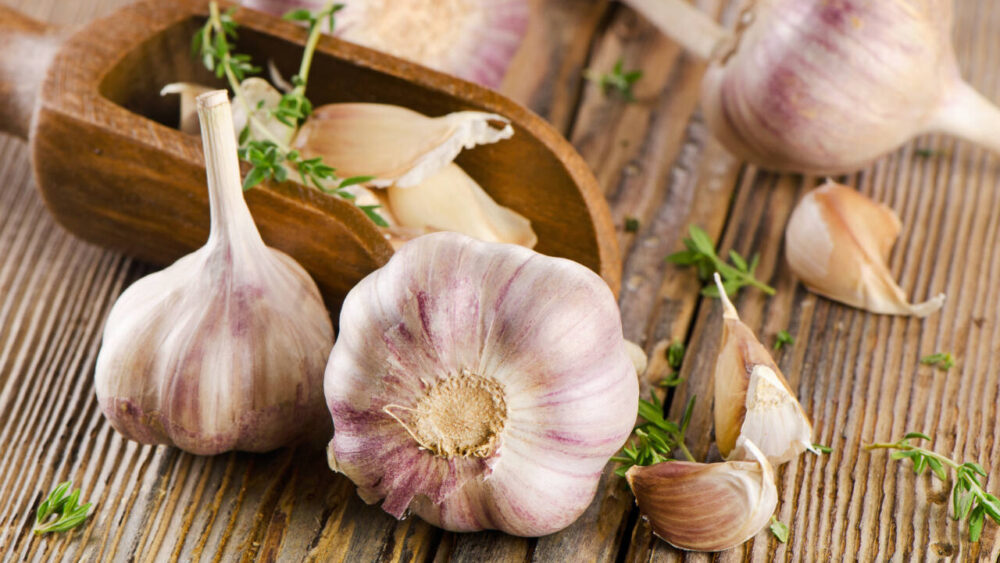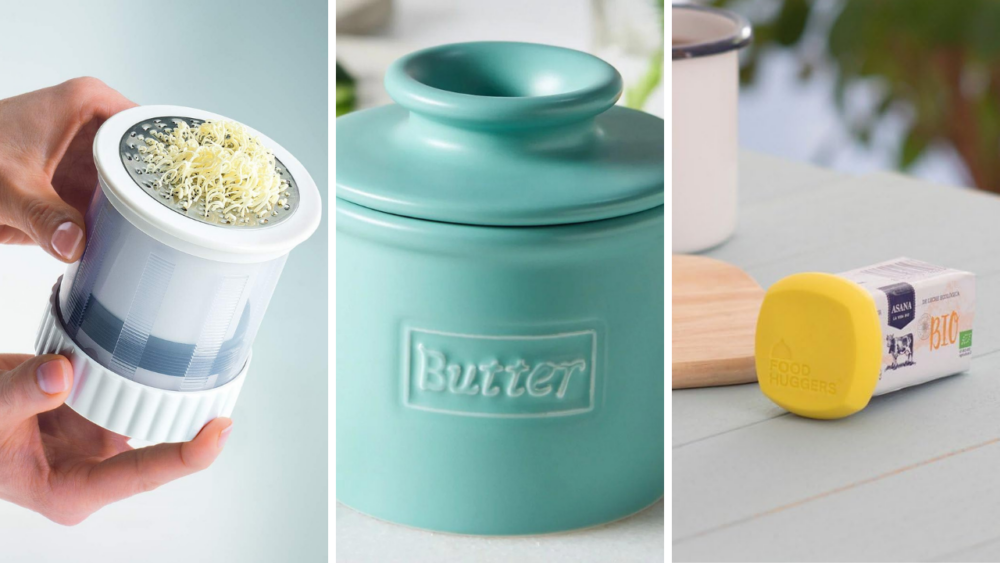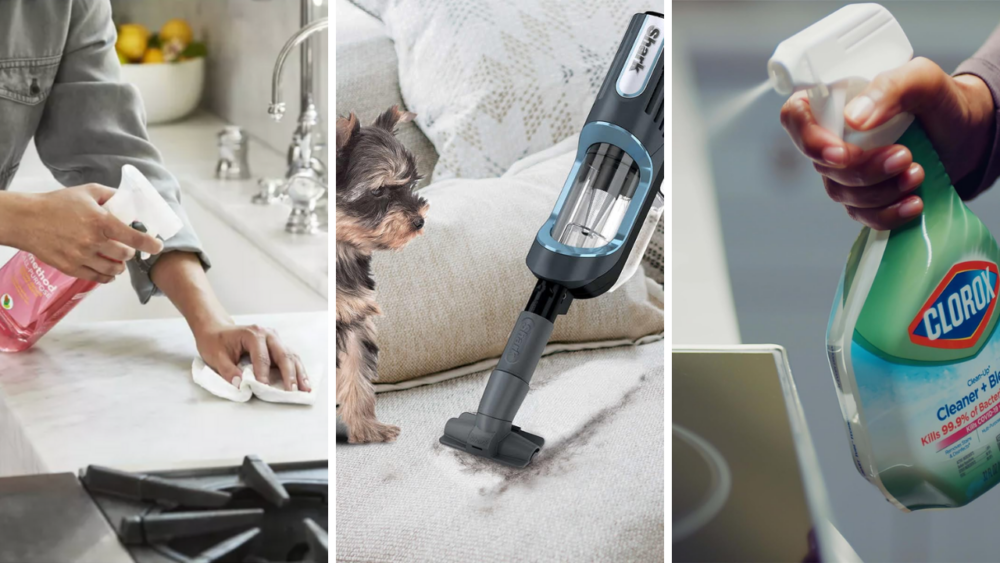7 Hacks To Hand Wash Dishes Faster And More Efficiently
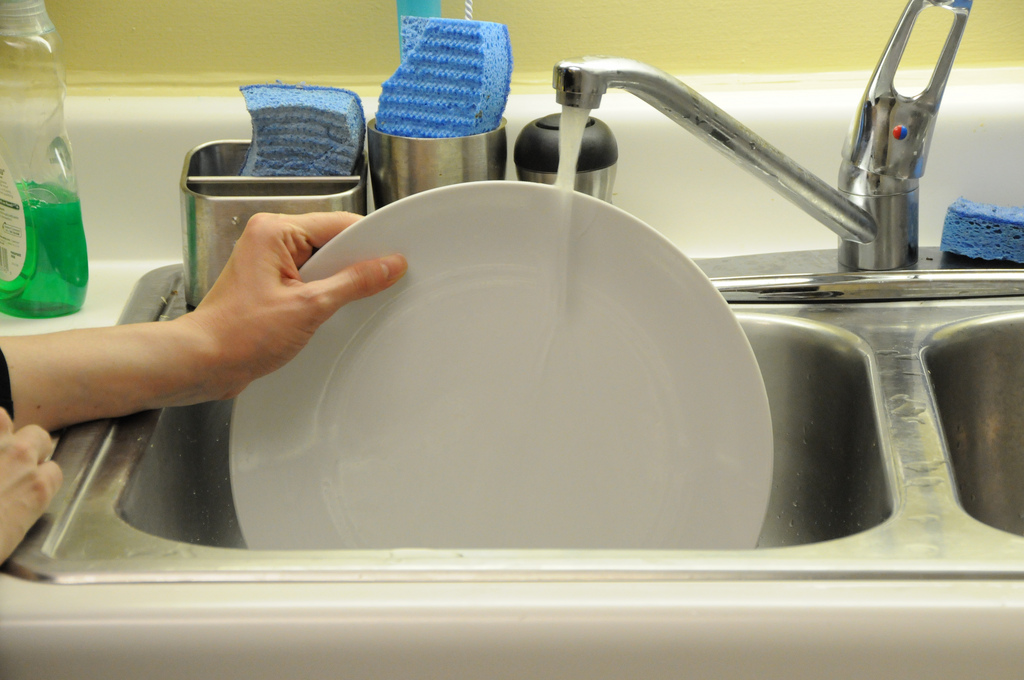
I love to cook at home, but the worst part of making food is when I’m all finished eating, and there’s a big pile of dishes waiting to get done.
The last thing I want to do after spending a couple hours in the kitchen is start scrubbing some pots and pans. If you’re like me and you don’t have a dishwasher, this process can be time-consuming and inconvenient.
Unfortunately, no one wants a messy kitchen piled high with dirty dishes, so we’ve got no other choice than to suck it up and start soaping up.
However, if you’re someone who cooks often, you’re going to want to know everything you can do to make this process easier and more efficient. Picking up on these habits can help an otherwise annoying process go a little bit smoother and quicker.
Next time you’ve got a pile of bowls and plates sitting in the sink, use these seven hacks to hand wash your dishes faster and more efficiently.
1. Always Rinse Before Putting In The Sink
Nothing is worse than having to scrub off food that has dried and stuck to the side of your bowl. Quickly rinse all your dishes before leaving them in the sink when you enjoy your mel, and you’ll be grateful you spent those extra 30 seconds later on.
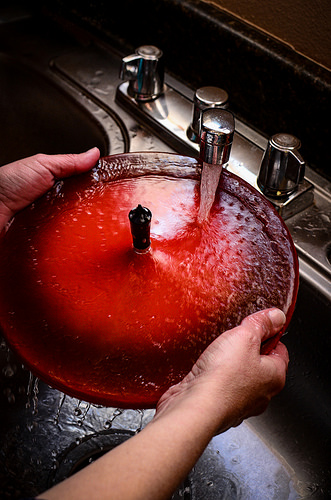

2. Put Them In A Dirty Dish Bin
Don’t clog up your sink with old food and a million dishes. Instead, leave your sink free to use with a special bin made to hold dirty dishes. Water can even be strained away in this bin along with excess food.
Joseph Joseph Wash and Drain Dish Tub, $24.97
3. Pre-Soak Any Large Pots Or Pans
Get a head start by setting aside any large pots or pans and filling them up with soap and water. This will help loosen up any residue, and it will free up space in the sink for you to wash other dishes.
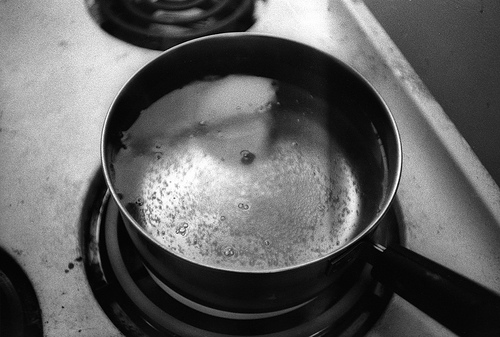

4. Get Rid Of Water Spots With Vinegar
Hard water can leave some residue on your glasses after washing, but you can avoid this by adding one cup of vinegar to your rinse water. This can help get rid of mineral deposits that don’t come off on their own.
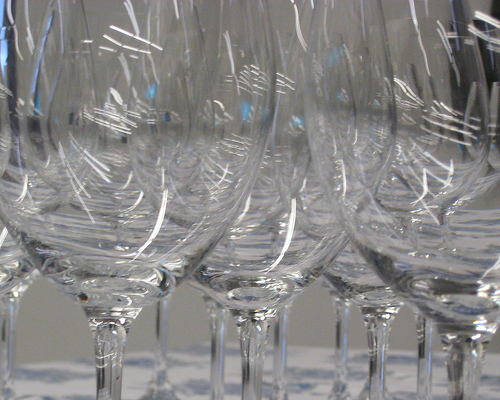

5. Turn Up The Heat And Put On Some Gloves
The hotter the water, the easier it is to remove residue and the more likely your dishes will dry without streaks. Get some good gloves to protect yourself from the heat, and keep the water temperature high for best results.
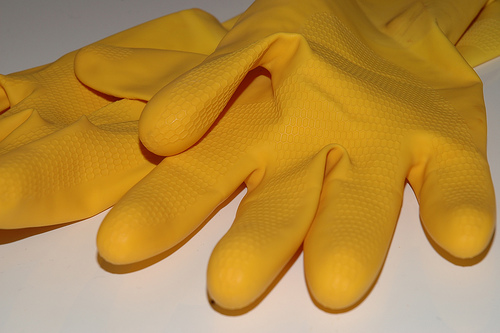

6. Use An Oven Rack As An Extra Drying Rack
Ran out of space to dry? Just reach into your oven and grab a wire rack to use as a temporary drying rack. Place it over one side of your sink for additional space to dry any extra dishes.
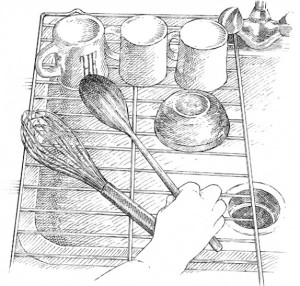
7. Use Salt To Remove Grease Or Fix Burnt Pots
Salt is naturally absorbent and abrasive, so it makes a great tool for removing grease. Martha Stewart suggests rubbing salt on pots and pans with a dry sponge until the grease is gone. For pots and pans that are burnt (that don’t have nonstick coating), fill them up with water and a few tablespoons of salt, and soak overnight. Then bring water to a boil, and the burn marks should subside.
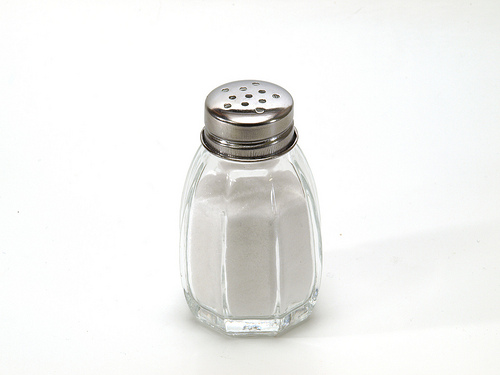

Photo by peapod labs


